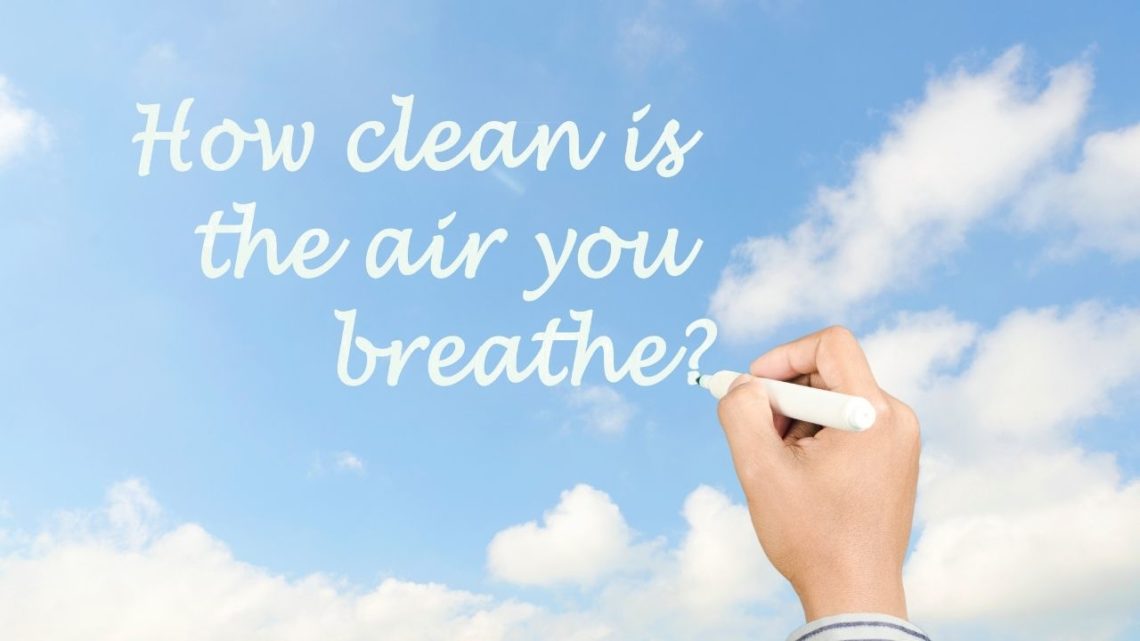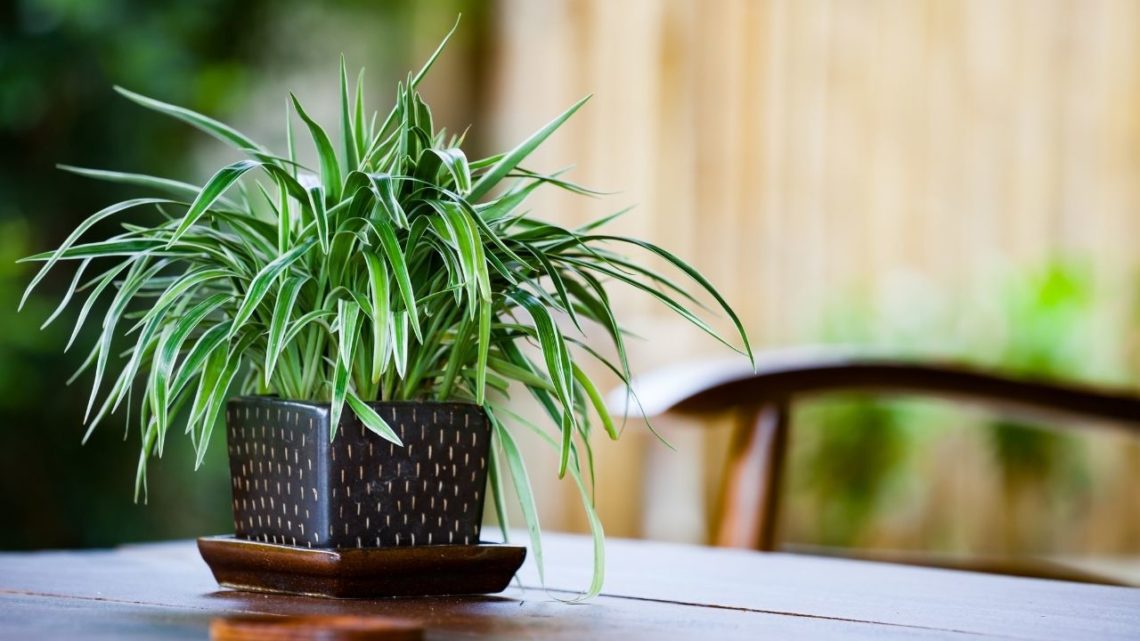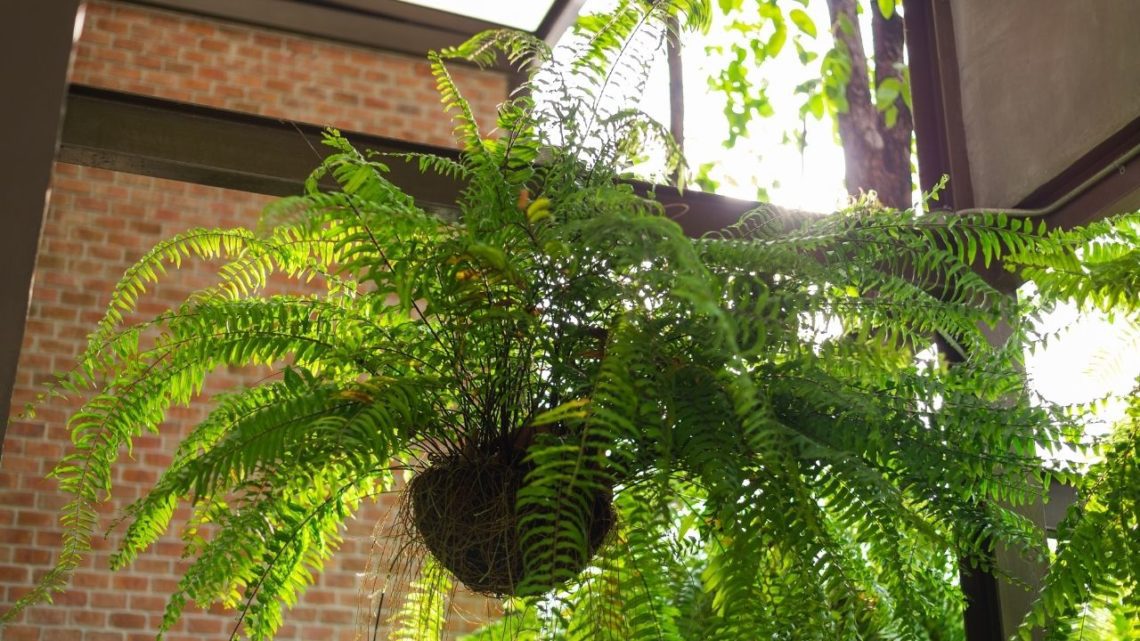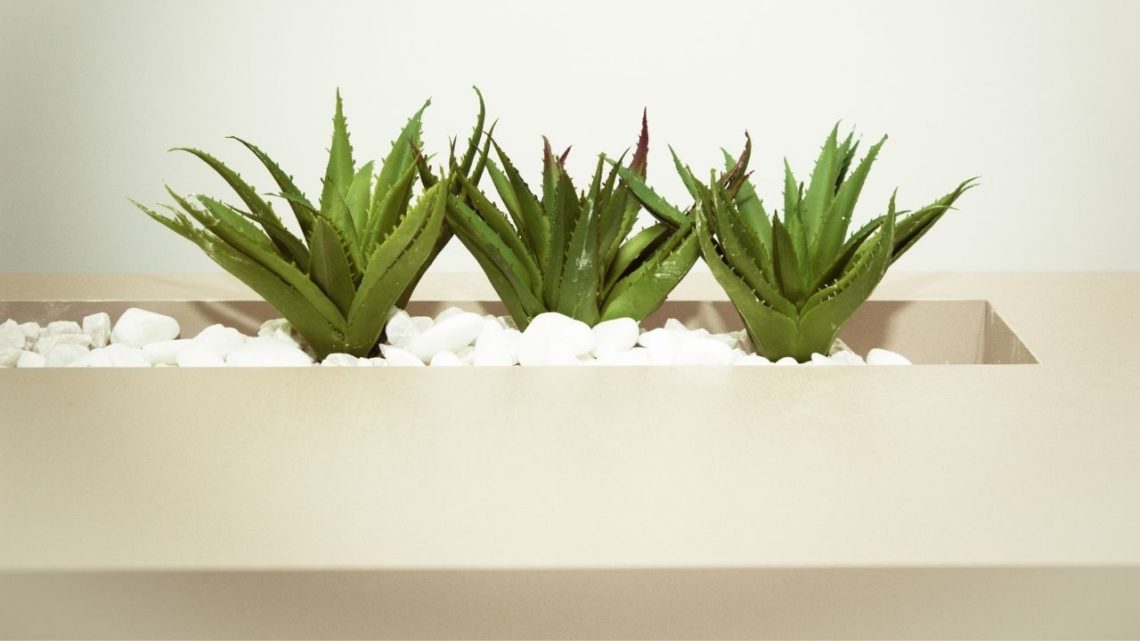Lori Ballen, the owner of this website, benefits from purchases made through her affiliate links.
As an Amazon Associate, I earn from qualifying purchases. Some links on this site are affiliate links. Portions of this content are generated by AI.
Indoor air quality is essential to consider with families spending more time indoors. It helps to understand how the air moves through your home and the potentially harmful contaminants it may contain to get cleaner air.

Table of contents
This will help you better understand airflow and outline a combination of home preventive maintenance and natural solutions for fresher, cleaner air inside your home.
Air Flow and Good Ventilation
They build modern homes to be wind-proof and watertight and need sound ventilation systems to keep clean outdoor air moving in to replace stale, dirty inside air.

Like breathing removes carbon dioxide and takes in oxygen in your body, your home must remove the dust, allergens, and particulate contaminants to leave clean air for your family to breathe.
Get quality air filters and change them regularly.
The first step to cleaner air is making sure your home ventilation is working the best it can. You can ensure proper ventilation with regular preventive maintenance and filter changes.
Sometimes, replacing lower quality heating and air filters with better quality filters make a marked improvement in air quality.
Look for traditional pleated air filters with a minimum efficiency reporting value, MERV rating of ten or higher to ensure effective filtration.
The higher the MERV rating is, the finer the filtration material is to catch more pollutants. For best results, you want to filter out particles one micron in size or smaller.
Washable Electrostatic Air Filters

Electrostatic filters offer the advantage of being reusable. They need to be taken out periodically, washed, and air-dried for continued good performance.
Over time, using washable air filters can save money compared to disposable filters.
Washable filters are very efficient, but they do not filter out smaller contaminants as a high-quality pleated filter or HEPA filter.
HEPA Filtration
HEPA, high-efficiency particulate air filters are not usually installed on home heating, air conditioning, and ventilation systems.

HEPA, high-efficiency particulate air filters are not usually installed on home heating, air conditioning, and ventilation systems.
These high-performance filters work best in air purifiers. Air purifiers, smaller and less powerful than whole-house systems, are more efficient for a single room or small areas for eliminating pollen, other allergens, viruses, and other biological pollutants.
Air purifiers can be expensive, often costing more than $100. You can make your efficient air purifier for much less with a 20 by 20 box fan, 13 MERV or higher HEPA filter, tape, and sealing caulk.
Seal the filter onto the back of the fan and turn it on for instant air cleaning. The low cost makes it easier to keep an air purifier in multiple rooms.
Activated Charcoal Window Filters
A traditional furnace or A/C filter removes particles from the air. Activated carbon window air filters contain charcoal treated with oxygen.

This opens up the pores between the carbon atoms.
This drastically increases the surface area, making the carbon absorb pollutant molecules directly from the air through adsorption.
It sucks up harmful gases, chemicals and absorbs terrible odors.
Activated charcoal window filters adjust to fit most windows and will last for months. You will find them at your local big-box DIY store and online from just over $20 to $60.
The manufacturer recommends vacuuming the filter surface every couple of weeks for best performance.
Bamboo Charcoal Bags
Reusable activated bamboo charcoal bags are an inexpensive way to clean the air in a room and remove odors.

Reusable activated bamboo charcoal bags are an inexpensive way to clean the air in a room and remove odors.
The bamboo charcoal bags are small and blend into the room decor as they continually absorb toxins and odors.
After a few weeks, place the bags in the sun outdoors for a few hours to allow the charcoal to release absorbed contaminants.

Then, place your activated bamboo charcoal bags back in the room to keep working. Manufacturers recommend replacing your bags every two years.
Look for them online or at your local DIY big box store, priced between $20 to $40. Try a couple in your home, car, truck, or camper to enjoy cleaner, fresher smelling air.
Salt Lamps
There is a little controversy concerning Himalayan salt lamps and how efficient they are for removing airborne toxins.


First, these lighted salt blocks do emit negative ions, but only in small amounts. They are controversial because of this.
That said, the warm salt acts in a second way to clean the air. It absorbs water molecules from the air and the pollen, mold spores, or other contaminants that naturally want to attach to the water molecules.
At the least, salt lamps work alongside the other systems working to clean your home air.
The light is relaxing, and the lamps are inexpensive. Relatively large ones are available online or at your favorite big box store for $15 to $30.
Use Plant Power
Plants are nature’s original air cleaners. The process of photosynthesis and plant respiration absorbs carbon dioxide and produces oxygen.
Everyone enjoys the smell of flowers, and the fresh green look houseplants bring to any space.
In fact, ‘Space’ became directly involved with the power of plants when NASA got interested! It took work done by NASA scientists to reveal that some plant varieties do remove toxins from indoor air.
While not as effective as air filters, plants remove toxins from room air, providing other health and well-being benefits.
Here are four of the most popular plants to grow for healthier indoor air quality.
Spider Plant (Chlorophytum comosum)
Spider plants tick all the boxes for household beautification and cleaner indoor air. These hardy indoor plants are both attractive and incredibly easy to care for.

Just place the pots in moderate sunlight, water weekly, and let them do their thing.
Due to their role in NASA studies on indoor air quality, spider plants are now famous for eliminating volatile organic compounds like formaldehyde from indoor air.
Boston Ferns (Nephrolepis exaltata)
Boston ferns are what you need if volatile outgassing from flooring, paneling, and carpet ranks high on your worry list.

Boston ferns love the indirect sun, plenty of moisture, and little exposure to drafts.
An excellent way to keep them happy is placing the pot on a water-filled tray full of stones. The water wicks slowly and steadily up to keep your ferns happy and healthy.
Even though they require a little more attention than other houseplants, Boston Ferns are good for absorbing formaldehyde, benzene, and xylene.
These and other harmful pollutants don’t get caught by traditional filters.
Aloe Vera
Want the perfect house plant for people who can’t grow anything? Get succulents like aloe vera, and it’s set and forget it time.

Aloe vera likes poor, reasonably dry soil and is known to filter out toxins like xylene and benzene. Put them in the kitchen, living room, and your bedroom so that one is handy if someone gets a scratch or burn.
Pinch off a small piece and rub the affected area with the sap for faster healing.
Lavender
Aromatherapy that cleans the air; that’s lavender. A natural insect repellent, lavender drives away fruit flies and gnats while soaking up carbon dioxide and formaldehyde in the atmosphere.

Place lavender and other aromatic plants like Azores jasmine, heliotrope, or spearmint around your home for fresh, sweet smelling indoor air.
Use a Combination
Try a combination of these ideas and see what works best in your home. Start with the basics and get filters and ventilation issues addressed.
Then, try a combination of HEPA filtration, activated charcoal filters, and bags, air-cleaning plants.
Consider adding aromatic plants to the mix. They provide aromatherapeutic benefits, smell great, and make you feel good. The fresh scents enhance mood and lift spirits on those gloomy winter days.
You’ll soon have fewer seasonal respiratory issues, allergy problems, and happier family members with cleaner, better smelling indoor air.
As an Amazon Associate, I earn from qualifying purchases. Some links on this site are affiliate links. Portions of this content are generated by AI.